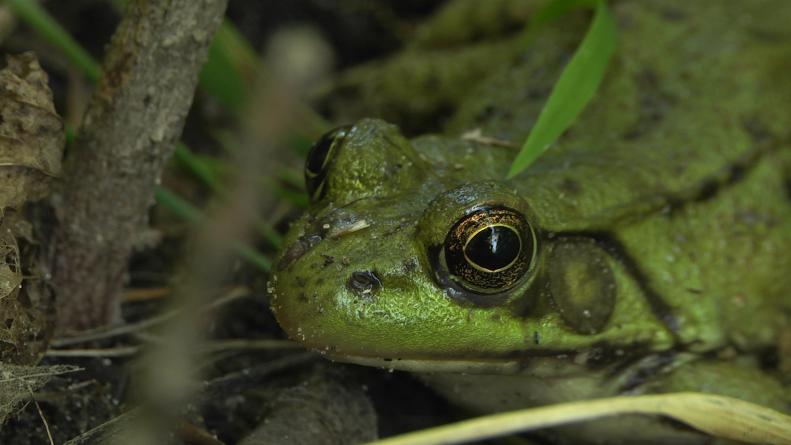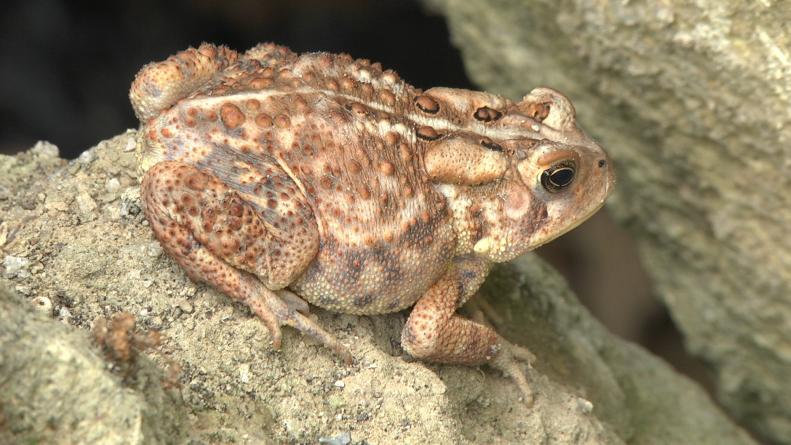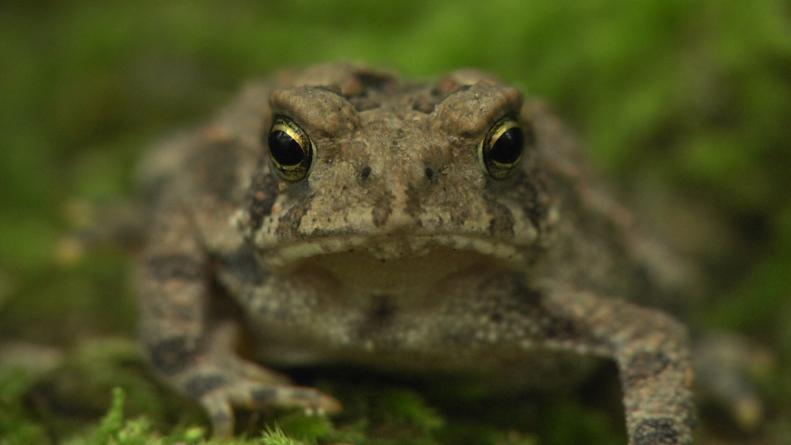1 / 16
Photo: Image courtesy of National Wildlife Federation, photo by Lori Naanes
Aboreal in Nature
Tree frogs get their name from their arboreal nature which allows them to easily climb vegetation and trees where they will build nests and live, except in the spring when they descend to lay their eggs in ponds. Unlike their aquatic ancestors, tree frogs have fewer competitors for insects in their habitat and fewer predators as well.









